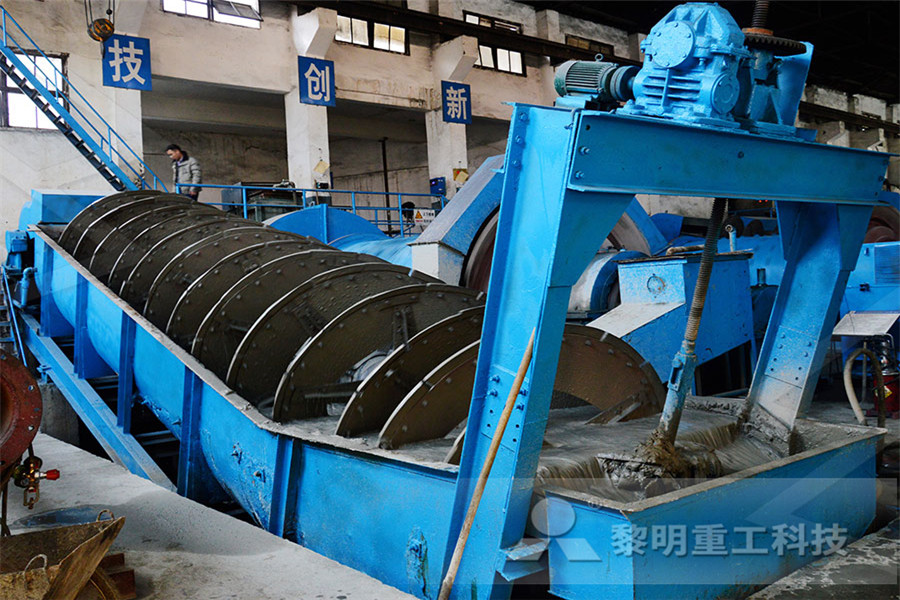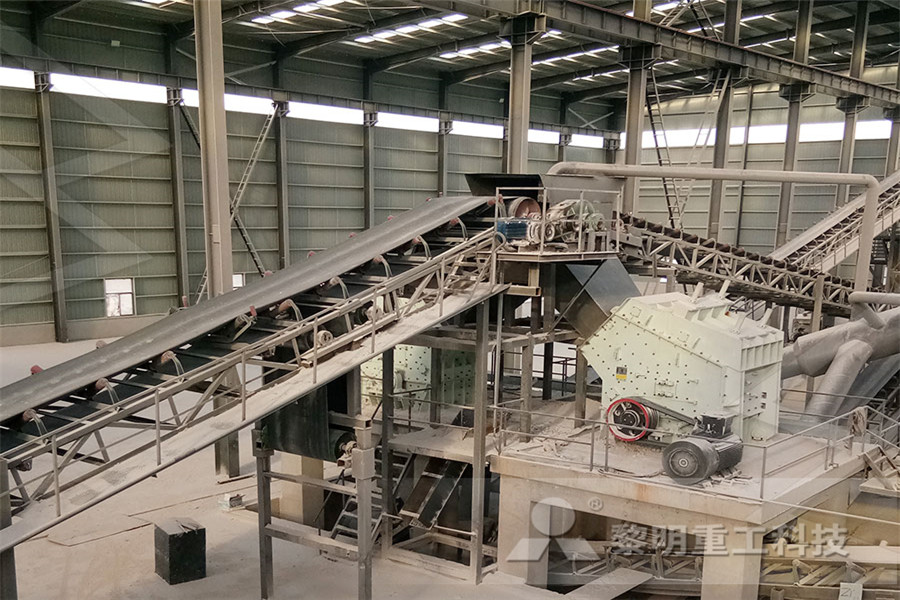
Calcite Mineral Properties, Photos and Occurence
Aug 11, 2018 Calcite is calcium carbonate (CaCO 3) and belongs to trigonal (rhombohedral) crystal system It occurs in a wide variety of crystal habits rhombohedrons, scalenohedrons, tabular and prismatic crystals and just about everything in between Calcite also exhibits several twinning typesMay 27, 2020 Calcite, CaCO3, is a carbonate mineral and the most stable polymorph of calcium carbonate The other polymorphs are the minerals aragonite and vaterite Calcite crystals are trigonalrhombohedral, though actual calcite rhombohedra are rare as natural crystals Read Morecalcite minerals are trigonal rhombohedralAll members of the calcite group crystallize in the trigonal system, have perfect rhombohedral cleavage, and exhibit strong double refraction in transparent rhombohedron s Calcite and Aragonite are polymorphous to each other Although Calcite and Aragonite contain the same chemical composition, they differ in crystal structureCalcite: The mineral Calcite spar information and pictures

Donald B Peck Crystallography: The Trigonal System
Jul 25, 2018 Trigonal mineral crystals usually show a hexagonal or a triangular cross section Quartz and calcite, the two most common minerals, most often show the hexagonal cross section, with quartz showing a prismatic habit while calcite is often scalenohedral or rhombic Some minerals in the trigonal system have either an equant or a tabular habitAug 11, 2018 Calcite is calcium carbonate (CaCO 3) and belongs to trigonal (rhombohedral) crystal system It occurs in a wide variety of crystal habits rhombohedrons, scalenohedrons, tabular and prismatic crystals and just about everything in between Calcite also exhibits several twinning typesCalcite Mineral Properties, Photos and OccurenceMay 27, 2020 Calcite, CaCO3, is a carbonate mineral and the most stable polymorph of calcium carbonate The other polymorphs are the minerals aragonite and vaterite Calcite crystals are trigonalrhombohedral, though actual calcite rhombohedra are rare as natural crystals Read Morecalcite minerals are trigonal rhombohedral

Calcite – Virtual Museum of Molecules and Minerals
Calcite Calcite is the most common carbonate mineral It has a formula unit composition of CaCO 3 Its crystal system is trigonal and its habit varies more than any other mineral Common habits are tabular and prismatic Calcite has perfect rhombohedral cleavageJan 14, 2012 Calcite is a calcium carbonate mineral which forms wide variety of trigonalrhombohedral crystals There are actually more than three hundred crystalline forms of calcite The name "calcite" derives from the Greek word "chalix" which means lime Calcite can be found in sedimentary rocks, especially limestone and its metamorphic equivalent marbleHealing Properties of CalciteCalcite Group CalciteRhodochrosite Series A very common and widespread mineral with highly variable forms and colours Calcite is best recognized by its relatively low Mohs hardness (3) and its high reactivity with even weak acids, such as vinegar, plus its prominent rhombohedral cleavage in Calcite: Mineral information, data and localities

Calcium Carbonate – Prosopis Inc
All members of the calcite group crystallize in the trigonal system, have perfect rhombohedral cleavage, and exhibit strong double refraction in transparent rhombohedrons Calcite and Aragonite are polymorphous to each other Although Calcite and Aragonite contain the same chemical composition, they differ in crystal structureCalcite, CaCO3, is a carbonate mineral and the most stable polymorph of calcium carbonate The other polymorphs are the minerals aragonite and vaterite Calcite crystals are trigonalrhombohedral, though actual calcite rhombohedra are rare as natural crystals However, they show a remarkable variety of habits including acute to obtuse 35" Hexagonal Calcite, Chalcopyrite and Galena Calcite belongs to the calcite group of minerals, a group of related carbonates that are isomorphous with one another They are similar in many physical properties, and may partially or fully replace one another, forming a solid solution seriesAll members of the calcite group crystallize in the trigonal system, have perfect rhombohedral minerales calcita minerales

Minerals Free FullText Relative Contributions of Mg
Sep 07, 2021 Despite belonging to the same crystal system (trigonal/rhombohedral) as calcite CaCO 3 (the most wellstudied member of carbonate minerals) and composing ~50% of the world carbonate formations , dolomite MgCa(CO 3) 2 has not been shown to crystallize in Oct 27, 2020 An interesting consequence of the rhombohedral structure of calcite is that common rhombohedra tend to follow a particular sequence of alternating positive and negative rhombohedra, one in which, in order of increasing steepness, each form is beveled by the previous one (ie cuts its edges to form a face with parallel edges)FMF Friends of Minerals Forum, discussion and message The Carbonate, of which the best know is Calcite, contain a discrete (CO 3) 2radical that may be considered as a single anion in the structure, but is in fact a trigonal planar complex The triangular nature of the (CO 3 ) 2 radical dominates the structures of the carbonates and results in trigonal (rhombohedral) or orthorhombic (pseudo ALEX STREKEISENCalcite

Calcite powder, Calcium Carbonate Powder, Calcite
All members of the calcite group crystallize in the trigonal system, have perfect rhombohedral cleavage, and exhibit strong double refraction in transparent rhombohedrons Calcite and Aragonite are polymorphous to each other Although Calcite and Aragonite contain the same chemical composition, they differ in crystal structureApr 19, 2021 In addition, the other mineral present in this specimen is the wellknown allaround mineral calcite According to information at , calcite — a member of the calcite group — crystallizes in the trigonal system, is known to have perfect rhombohedral cleavage, and exhibits strong double refractionMineral Spotlight Marcasite on Calcite Rock Gem MagazineCalcite is by far the most abundant of the 192 members of the carbonate class of minerals Calcite is a simple carbonate that consists of the elements calcium (Ca), carbon (C), and oxygen (O) in the proportions of 4004 percent calcium, 1200 percent carbon, and 4796 percent oxygen As an allochromatic (other colored) mineral, calcite colors areOctober 2012 Mineral of the Month: Calcite

Calcite Mineral Properties, Photos and Occurence
Aug 11, 2018 Calcite is calcium carbonate (CaCO 3) and belongs to trigonal (rhombohedral) crystal system It occurs in a wide variety of crystal habits rhombohedrons, scalenohedrons, tabular and prismatic crystals and just about everything in between Calcite also exhibits several twinning typesCalcite is a carbonate mineral and the most stable polymorph of calcium carbonate (CaCO3) The other polymorphs are the minerals aragonite and vaterite Aragonite will change to calcite at 470 °C, and vaterite is even less stable Calcite crystals are trigonalrhombohedral,calcite is a common constituent of sedimentary rocks,limestone in Calcite Minerals Are Trigonal RhombohedralMay 27, 2020 Calcite, CaCO3, is a carbonate mineral and the most stable polymorph of calcium carbonate The other polymorphs are the minerals aragonite and vaterite Calcite crystals are trigonalrhombohedral, though actual calcite rhombohedra are rare as natural crystals Read Morecalcite minerals are trigonal rhombohedral

Calcite – Virtual Museum of Molecules and Minerals
Calcite Calcite is the most common carbonate mineral It has a formula unit composition of CaCO 3 Its crystal system is trigonal and its habit varies more than any other mineral Common habits are tabular and prismatic Calcite has perfect rhombohedral cleavageA glorious presentation of stacked rhombohedral crystals forming a large (9cm) slightly rounded trigonal crystal on top of multiple lenticulated crystals at the base The matrix is typical sulfide mix If I collected outside of Tsumeb I would keep this piece Locality: Kruschev Dol Mine, Madan Orefields, Rhodope Mountains Bulgaria Composition: Calcium CarbonateCalcite GeoKrazy MineralsApr 19, 2021 In addition, the other mineral present in this specimen is the wellknown allaround mineral calcite According to information at , calcite — a member of the calcite group — crystallizes in the trigonal system, is known to have perfect rhombohedral cleavage, and exhibits strong double refractionMineral Spotlight Marcasite on Calcite Rock Gem Magazine

Calcium Carbonate – Prosopis Inc
All members of the calcite group crystallize in the trigonal system, have perfect rhombohedral cleavage, and exhibit strong double refraction in transparent rhombohedrons Calcite and Aragonite are polymorphous to each other Although Calcite and Aragonite contain the same chemical composition, they differ in crystal structureCalcite, CaCO3, is a carbonate mineral and the most stable polymorph of calcium carbonate The other polymorphs are the minerals aragonite and vaterite Calcite crystals are trigonalrhombohedral, though actual calcite rhombohedra are rare as natural crystals However, they show a remarkable variety of habits including acute to obtuse 29" Calcite Crystal Cluster with Hematite Inclusions Calcite belongs to the calcite group of minerals, a group of related carbonates that are isomorphous with one another They are similar in many physical properties, and may partially or fully replace one another, forming a solid solution seriesAll members of the calcite group crystallize in the trigonal system, have perfect rhombohedral minerales calcita minerales

Calcite Mineral CaCO3 Calcium Carbonate
Calcite a carbonate mineral the most stable polymorph of calcium carbonate [CaCO3]The other polymorphs are the minerals aragonite and vaterite Aragonite will change to calcite at 380470 °C, and vaterite is even less stable Calcite exhibits several twinning types adding to the variety of observed forms It may occur as fibrous, granular, lamellar, or compactBi 2 Se 3 has a rhombohedral crystal structure with space group D 5 3d with five atoms per unit cell 2 The crystal exhibits a layered structure with a hexagonal lattice within each layer The hexagonal lattices are stacked in zdirection (trigonal axis) in the sequence (ABCAB) as indicated in Fig 2A and BSuch a single (ABCAB)sequence is called quintuple layerRhombohedral Crystal an overview ScienceDirect TopicsMINERALOGY, PROPERTIES, OCCURRENCE: Calcite [calcium carbonate, CaCO 3], pronounced CHALsite, is the most abundant carbonate mineral It crystallizes in the hexagonal system (trigonal subsystem); crystals are usually rhombohedral, scalenohedral, or Blue Calcite Mineral Specimen Celestial Earth Minerals

ALEX STREKEISENCalcite
The Carbonate, of which the best know is Calcite, contain a discrete (CO 3) 2radical that may be considered as a single anion in the structure, but is in fact a trigonal planar complex The triangular nature of the (CO 3 ) 2 radical dominates the structures of the carbonates and results in trigonal (rhombohedral) or orthorhombic (pseudo The hexagonal crystal family consists of two crystal systems: trigonal and hexagonalA crystal system is a set of point groups in which the point groups themselves and their corresponding space groups are assigned to a lattice system (see table in Crystal system#Crystal classes) The trigonal crystal system consists of the 5 point groups that have a single threefold rotation axis, which Hexagonal crystal family Wikipedia